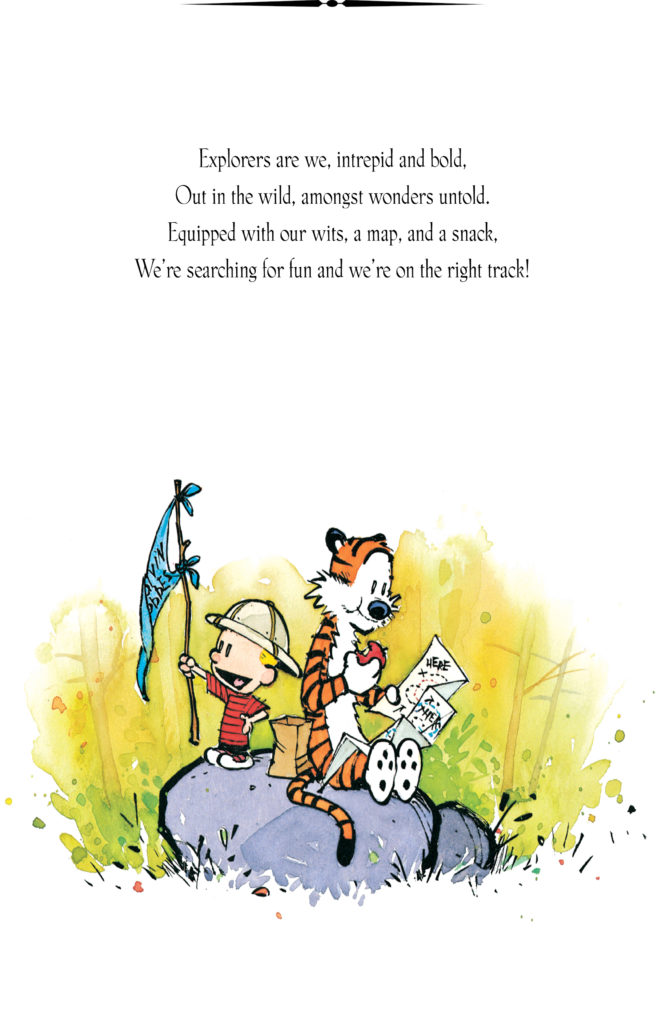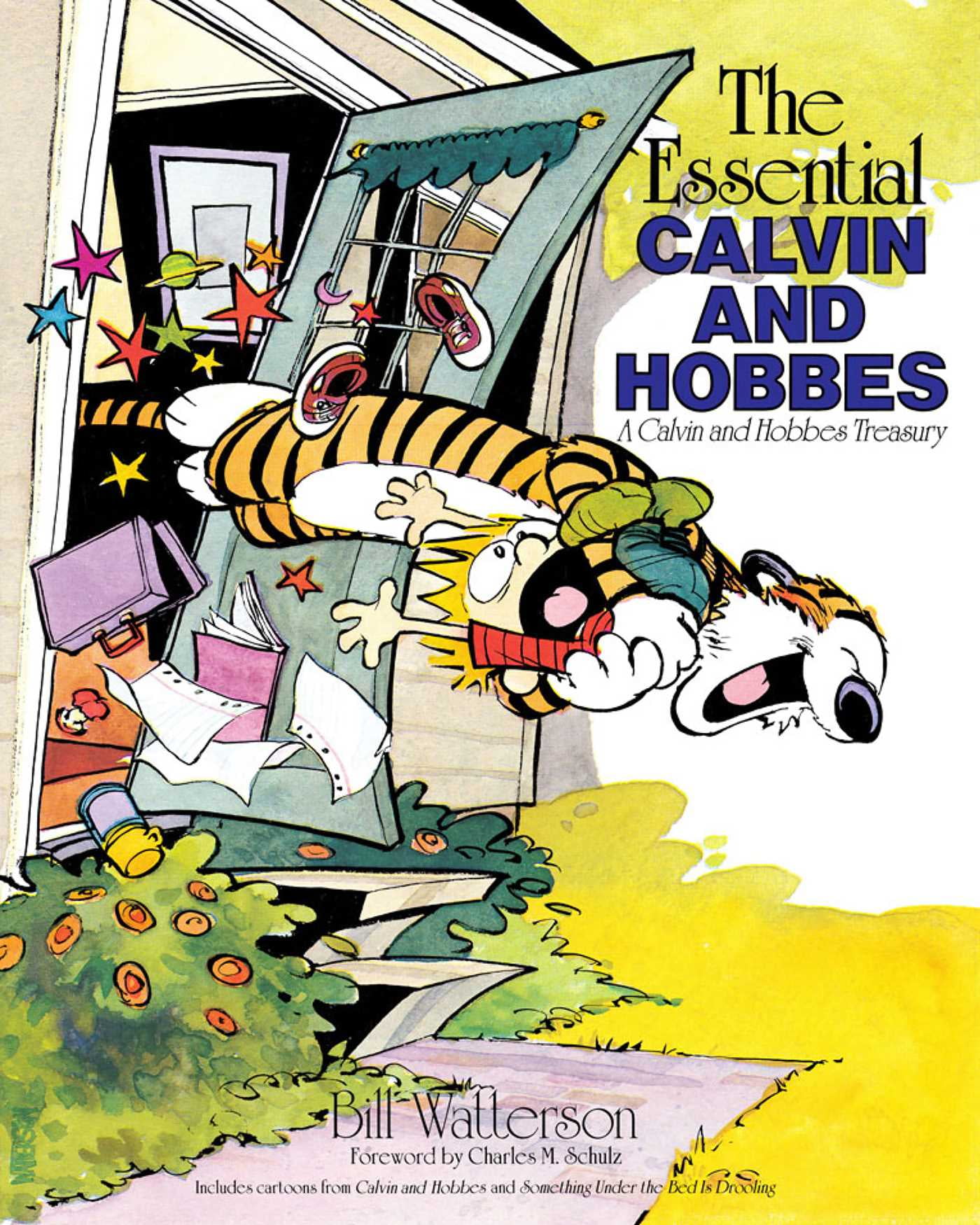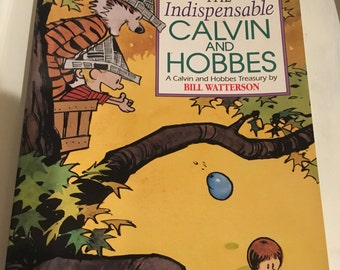

It contains every strip from the comic’s entire ten-year run, including some special features that the other collections also contained. The Big Kahuna, The crème-de-la-crème, the comics collection to end all comics collections, this multi-volume set (three in hardcover and four in paperback) is a must-have for any serious Calvin and Hobbes fan. When he finally retired the comic, it was because he felt he had accomplished all he could within the constraints of the medium.

In fact, it became so popular that Watterson fought an exhausting legal battle to restrict merchandising rights to his creations, fearing that people trying to profit off of his artwork would cheapen the strip’s impact. Over that decade, it gained wild commercial and critical success. The brainchild of American cartoonist Bill Watterson, Calvin and Hobbes was syndicated from Novemto December 31, 1995. Sort of like a reverse Toy Story situation.)

Everyone knows that Hobbes was plenty real, he just appeared stuffed to everyone else. (Many descriptions describe Hobbes as “real only to Calvin,” but this is nonsense. Sure, there were other comic strips I enjoyed, but nothing captured my imagination quite like the adventures of Calvin, an imaginative 6-year-old, and his best friend Hobbes, a stuffed tiger that became real whenever they were alone. But for a good two years in the mid-1990s, I looked forward to the daily newspaper for one thing and one thing only: Calvin and Hobbes. My palate for news has matured slightly since I was a child.


 0 kommentar(er)
0 kommentar(er)
